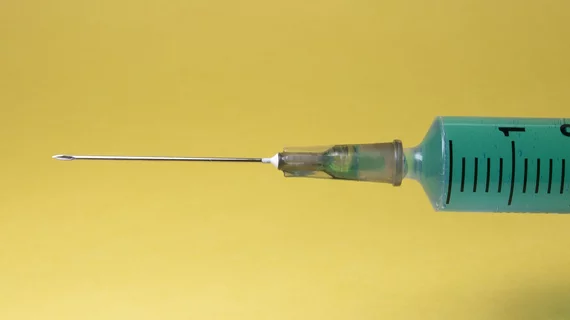Residents protest after radiologists get vaccinations before others who directly treat COVID-19 patients
Stanford Health Care apologized on Friday after a reportedly “raucous” resident demonstration protesting radiologists and other staff docs receiving vaccinations before those who directly treat COVID-19 patients.
The California-based institution is modifying its inoculation strategy to include such early career physicians, noting that an algorithm “failed to prioritize house staff,” the Washington Post reported Dec. 18.
“We value you and the work you do so highly,” Stanford said in an email to pediatrics staffers obtained by the newspaper. “We had been told that residents and fellows would be in the first wave. This should never have happened nor unfolded the way it did.”
Residents were reportedly “furious” after learning that just seven out of more than 1,300 were receiving the vaccine. Fellows were also affected by the flub, though some early career physicians began receiving shots “on the spot” after the protests, the Post noted. Along with radiology, demonstrators also alleged Stanford prioritized orthopedics, dermatology, pathology and even some docs working from home in the first wave ahead of residents in intensive care units.
Experts interviewed for the piece said Stanford’s situation may foreshadow this challenge playing out at academic medical centers across the country. The Association of American Medical Colleges, meanwhile, is urging hospitals to “consider residents, fellows and medical students involved in direct patient care as essential workers” when allocating staff vaccines.
Read more below.

